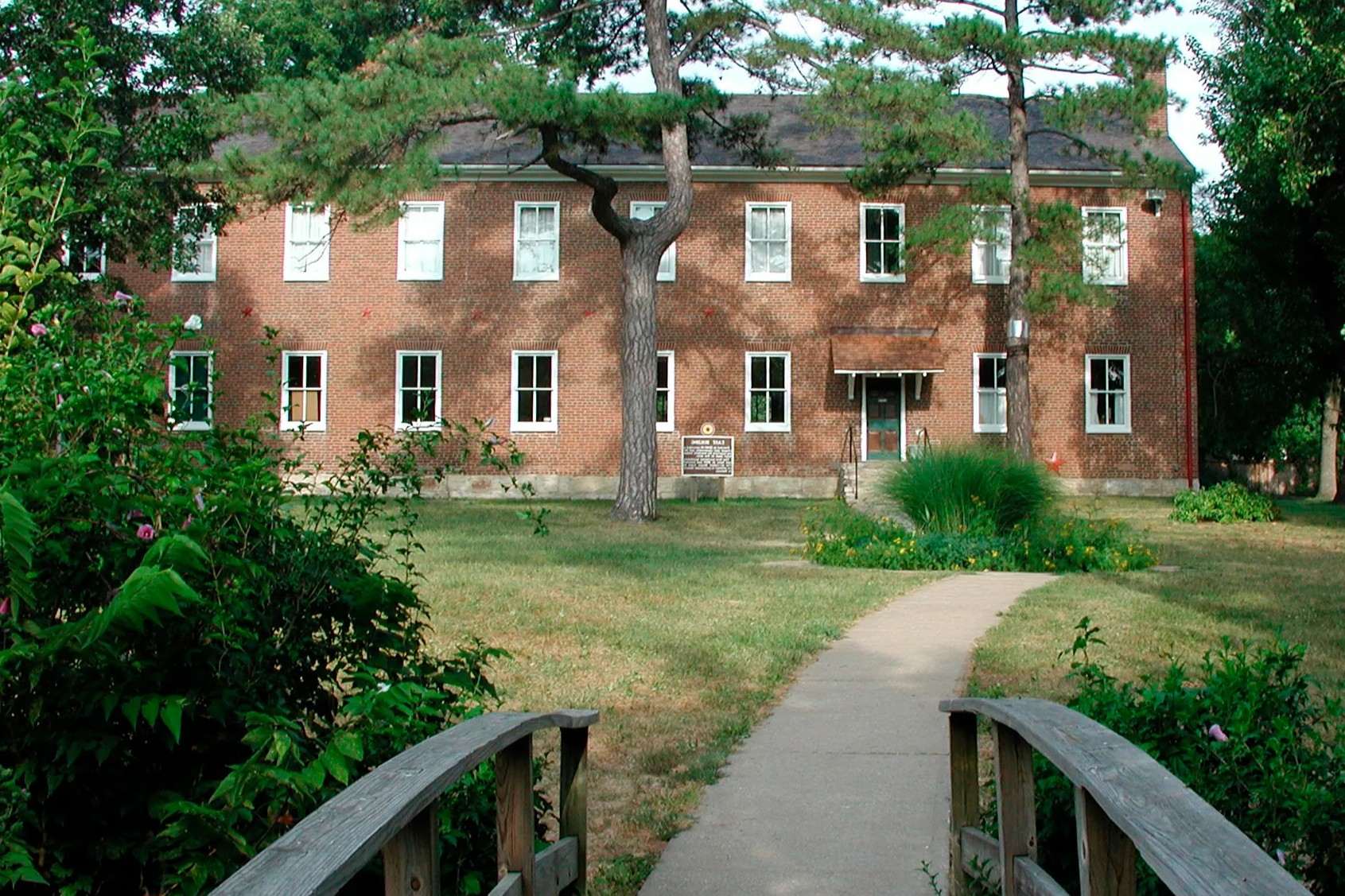Hidden Indigenous Settlements Of Kansas Riverbeds

Have you ever wondered about the hidden stories beneath Kansas riverbeds? These waterways hold secrets of ancient Indigenous settlements that once thrived along their banks. Imagine walking along a river and knowing that centuries ago, people lived, hunted, and built communities right where you stand. These settlements offer a glimpse into the lives of the first inhabitants of Kansas. From tools and pottery to remnants of homes, the artifacts found tell tales of a rich culture and history. Join us as we uncover the fascinating world of these hidden Indigenous settlements and learn about the people who called Kansas home long before us.
Hidden Indigenous Settlements of Kansas Riverbeds
Kansas, often known for its vast plains and sunflower fields, holds secrets beneath its riverbeds. These hidden indigenous settlements tell stories of ancient cultures and their way of life. Let's dive into some of these fascinating locations.
1. Kaw Point
Kaw Point, where the Kansas and Missouri rivers meet, was a significant site for the Kanza tribe. This area served as a hub for trade and communication.
- Historical Significance: The Kanza tribe used this point for trading with other tribes and early European settlers.
- Archaeological Finds: Artifacts such as pottery, tools, and remnants of dwellings have been discovered here.
2. Blue Earth Village
Blue Earth Village, located near the Big Blue River, was home to the Kansa people. This settlement was known for its rich soil and abundant resources.
- Agricultural Practices: The Kansa people cultivated crops like corn, beans, and squash in the fertile soil.
- Cultural Artifacts: Items like ceremonial pipes, pottery shards, and hunting tools have been unearthed.
3. El Cuartelejo
El Cuartelejo, near Scott City, is the northernmost pueblo in the United States. This site was inhabited by the Taos and Picuris Pueblo tribes.
- Unique Architecture: The settlement features adobe structures, a rarity in Kansas.
- Historical Interactions: The Pueblo tribes interacted with Plains tribes, exchanging goods and cultural practices.
4. Pawnee Indian Village
The Pawnee Indian Village, located near Republic, Kansas, offers a glimpse into the life of the Pawnee people. This site includes a reconstructed earth lodge.
- Earth Lodge: The reconstructed lodge showcases traditional Pawnee architecture and living conditions.
- Artifacts: Tools, pottery, and personal items provide insight into daily life.
5. Etzanoa
Etzanoa, also known as the Great Settlement, was a large Wichita tribe settlement near Arkansas City. This site is believed to have housed thousands of people.
- Massive Settlement: Archaeologists estimate that Etzanoa covered over five miles.
- European Contact: Spanish explorers documented their encounters with the Wichita people here.
6. Indian Mound
Indian Mound, located near Lawrence, Kansas, is a burial site used by various tribes. This mound offers a somber reminder of the region's ancient inhabitants.
- Burial Practices: The mound contains remains and artifacts, shedding light on the burial customs of the tribes.
- Cultural Significance: The site holds spiritual importance for many indigenous groups.
7. Smoky Hill River Valley
The Smoky Hill River Valley was home to several tribes, including the Cheyenne and Arapaho. This area provided a rich environment for hunting and gathering.
- Hunting Grounds: The valley was abundant with game, making it a prime location for hunting.
- Gathering Sites: Tribes collected plants and herbs for food and medicinal purposes.
8. Neosho River Valley
The Neosho River Valley, inhabited by the Osage and other tribes, was a crucial area for fishing and agriculture.
- Fishing Techniques: The river provided a steady supply of fish, a staple in the diet of the tribes.
- Agricultural Development: The fertile land supported the growth of various crops.
9. Walnut River
The Walnut River, near present-day Winfield, Kansas, was a significant site for the Wichita and other tribes.
- Trade Routes: The river served as a major trade route for indigenous peoples.
- Cultural Exchange: Tribes exchanged goods, ideas, and traditions along the river.
10. Solomon River
The Solomon River, flowing through north-central Kansas, was home to the Pawnee and other tribes. This river provided essential resources for survival.
- Resource Abundance: The river's waters supported fishing, hunting, and agriculture.
- Settlement Remains: Archaeological digs have uncovered tools, pottery, and other artifacts.
Discovering Kansas' Hidden History
Exploring the hidden indigenous settlements along Kansas riverbeds reveals a rich tapestry of history. These sites offer a glimpse into the lives of the Native American tribes who once thrived in the region. From ancient artifacts to sacred grounds, each location tells a unique story. Visiting these places not only educates but also fosters a deeper appreciation for the cultural heritage that shaped Kansas.
Whether you're a history buff or just curious, these hidden gems provide an enriching experience. They remind us of the resilience and ingenuity of the indigenous peoples. So next time you're near a Kansas riverbed, take a moment to reflect on the history beneath your feet. It’s a journey worth taking, connecting the past with the present in a meaningful way.

